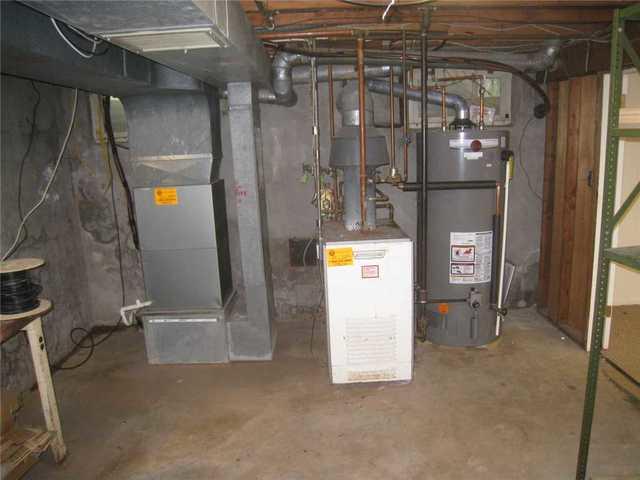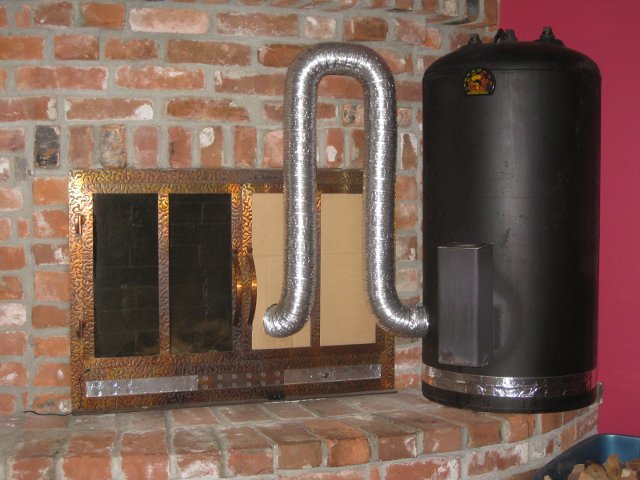As the colder months approach, your heating oil system plays a vital role in ensuring that your home remains warm and comfortable. However, like any appliance or system, heating oil systems are susceptible to wear and tear. Over time, they may require repairs or maintenance to keep functioning efficiently. Recognizing the signs that your heating oil system needs repair is essential in avoiding breakdowns when you need it most. Here are some key indicators that your heating oil system may require professional attention.
1. Strange Noises Coming from the Furnace
If your heating system is making strange noises, such as banging, popping, or whining sounds, it could indicate a serious problem. While some sounds are normal during startup or shutdown, persistent or loud noises are a red flag. These sounds may be a result of several issues, including a malfunctioning blower fan, air in the oil line, or a dirty or damaged oil burner. Ignoring these sounds could lead to further damage and expensive repairs down the line.
2. Inconsistent Heat Distribution
A well-functioning heating oil system should provide consistent heat throughout your home. If you notice that certain rooms are much colder than others, it could be a sign that your system is not working properly. Possible causes include clogged or dirty air filters, problems with the oil burner, or issues with the ductwork. Inconsistent heating could also be due to an issue with the thermostat, which is preventing the system from reaching the desired temperature. A technician can diagnose the problem and make the necessary repairs.
3. Increased Heating Oil Consumption
If your heating oil consumption has significantly increased without any corresponding change in your heating habits, it may be time for a check-up. High oil usage could be a sign that your system is not operating efficiently. This could be caused by a malfunctioning oil burner, a clogged filter, or leaks in the system. If your system is working harder than it should be to maintain a comfortable temperature, it will consume more fuel. Regular maintenance can help ensure that your system is running efficiently and saving you money on heating oil.
4. Frequent Cycling On and Off
Heating systems are designed to cycle on and off in response to temperature changes. However, if your system is cycling on and off more frequently than usual, this could be a sign of a malfunction. This problem, known as short cycling, can be caused by a number of issues, including a faulty thermostat, clogged air filters, or a malfunctioning burner. Not only does this problem affect your home’s comfort, but it also puts unnecessary stress on the system, leading to more wear and tear. If you want to learn more about diagnosing and addressing this issue, you can read this article for more detailed information.
5. Foul Odors
If you notice a strong, unpleasant smell coming from your heating system, it’s time to investigate. A foul odor could indicate several issues, such as a dirty burner, a malfunctioning oil line, or even a fuel leak. If the smell resembles oil, it’s essential to have the system checked immediately, as it could be a sign of an oil leak. An oil leak can be dangerous, causing potential fire hazards and environmental damage. In such cases, it’s important to contact a professional heating technician to address the problem quickly.
6. Yellow or Orange Flame in the Burner
The flame in your oil burner should be blue, as this indicates that the system is burning oil efficiently. If you notice that the flame is yellow or orange, it’s a sign that the burner is not functioning properly. This could be caused by a clogged nozzle, dirty burner, or air supply issues. A yellow or orange flame can also indicate incomplete combustion, which may lead to a buildup of soot and carbon monoxide, posing a risk to your health and safety.
7. Warning Lights or Error Codes
Many modern heating oil systems are equipped with diagnostic systems that alert you to potential problems. If you see a warning light or error code on your system’s control panel, it’s essential to take note of it. The code or light typically indicates a specific issue, such as a malfunctioning component or a fuel delivery problem. Refer to the manufacturer’s manual to understand the meaning of the code or light and contact a professional technician for further investigation.
8. Cold Air Coming from Vents
Another clear sign that something is wrong with your heating system is if cold air is coming from the vents when the system is running. This could be due to a variety of issues, including a malfunctioning blower fan, a broken thermostat, or a lack of fuel. Cold air may also indicate that there’s an issue with the ductwork, such as a leak or blockage. A heating oil system should provide warm air consistently, and any deviation from this can be a sign of a problem that requires attention.

9. Unusual Amount of Smoke or Soot
If you notice an unusual amount of smoke or soot around your heating system or vents, this could indicate incomplete combustion, which is often caused by a dirty or clogged burner. Soot buildup can lead to a variety of problems, including reduced efficiency, increased fuel consumption, and potential health hazards. Over time, excessive soot can damage the system and reduce its lifespan. If you observe any smoke or soot, it’s crucial to have the system cleaned and inspected by a professional.
10. Oil Leaks
If you notice any oil pooling around your heating system or detect a strong oil odor, you may have a leak. Oil leaks can be dangerous and lead to significant damage if not addressed promptly. Leaks can occur in various parts of the system, including the oil tank, fuel lines, or burner. A professional technician can identify the source of the leak and make the necessary repairs to prevent further damage and potential fire hazards.
11. System Fails to Start
If your heating oil system is failing to start altogether, this could be a sign of a serious issue. Common causes include a lack of fuel, a faulty thermostat, or a problem with the oil burner. A dead thermostat or broken ignition system can also prevent the system from turning on. If you’ve checked the basics, such as ensuring there’s enough oil in the tank, and the system still won’t start, it’s time to call in a technician for a more in-depth inspection.
12. Increased Carbon Monoxide Levels
Carbon monoxide (CO) is a colorless, odorless gas that can be produced by incomplete combustion in your heating system. If you notice an increase in CO levels in your home, it’s crucial to have your system inspected immediately. Carbon monoxide poisoning is a serious health risk, and the presence of CO may indicate a problem with your heating oil system that requires urgent attention. Make sure you have a working carbon monoxide detector in your home to monitor the air quality and ensure the safety of your family.
Conclusion
Your heating oil system is a crucial part of keeping your home warm and comfortable during the colder months. Recognizing the signs that your system needs repair can help you avoid breakdowns and ensure that your system is running efficiently. If you notice any of the issues mentioned above, it’s important to contact a professional technician to diagnose and resolve the problem before it becomes more serious. Regular maintenance and timely repairs will not only extend the life of your system but also ensure that your home stays warm and cozy all winter long.





